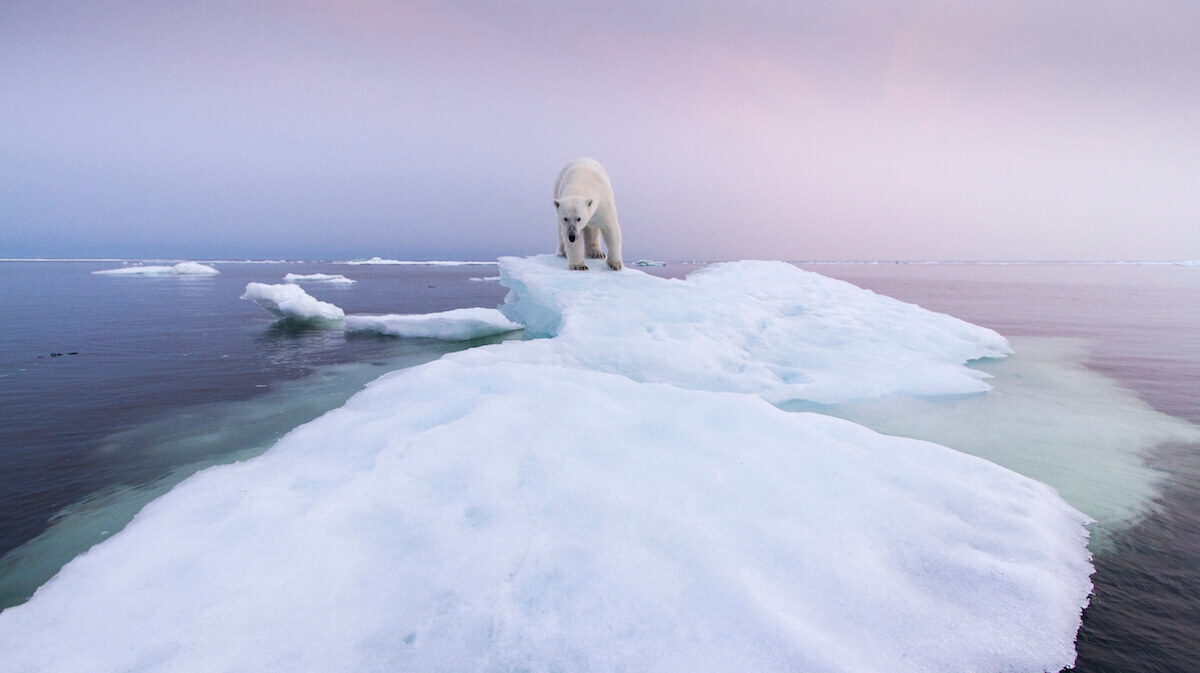While mankind has made rapid technological and cultural advancement in recent decades, many experts say we are about to pay a heavy price for such progress. Scientists are still debating the exact nature of climate change, but most agree that it is happening – and that it requires immediate action to prevent irreversible damage to our planet, the species it sustains and our way of life.
In this article we delve into the complex topic of threats to our environment and outline four that have become most urgent.
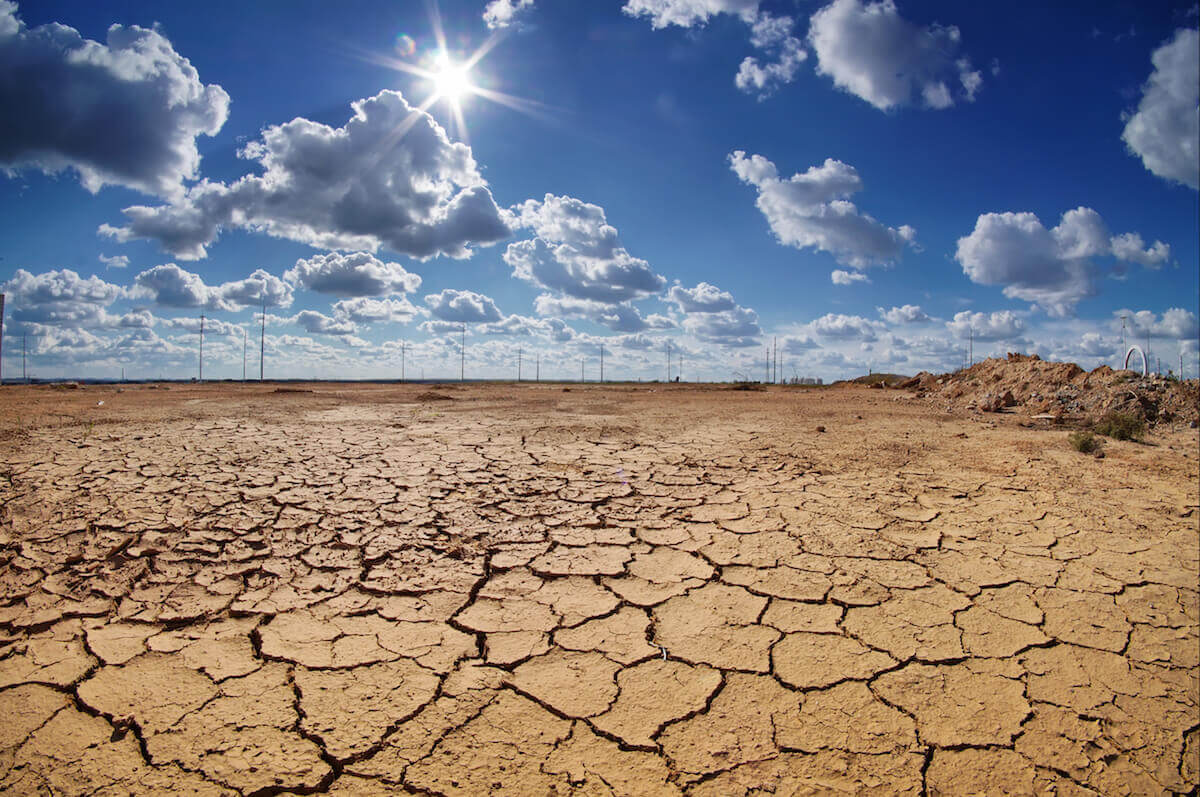 1. Water Scarcity
1. Water Scarcity
Around 1.1 billion people worldwide do not have free access to water and 2.7 billion people find it scarce for at least one month of the year. Water scarcity is probably the biggest environmental threat we face today. In parts of the West, drought has been a growing concern for consumers and agricultural users alike. But in other parts of the world, water scarcity is a matter of survival; 80% of illnesses in developing countries are linked to a lack of clean water and sanitation. A quarter of all deaths under the age of five can also be attributed to water-borne disease.
Some parts of the world have always been naturally dry of course. So why is water becoming more scarce now? In some parts of the world, like the Colorado River Basin for example, natural dryness is compounded with human mismanagement, pollution, waste or overuse. Sadly though, water scarcity is most frequently a result of economic factors: often there is sufficient water but people cannot access or distribute it because of poor infrastructure or ethnic and political conflicts. This is the case in many parts of Sub-Saharan Africa.
Janet Redman, Climate Policy Director at the Institute for Policy Studies in Washington D.C. says the implications of water scarcity are huge: “We have built our society around where we can get water, when we can grow food, how we can house ourselves. After living off the environment for hundreds and hundreds and hundreds of generations we have grown to understand it. But climate change reduces our ability to predict where sources of water will be.” The potential for political strife due to water shortages is already playing out on a small scale: conflicts in India, Kenyan tribes clashing in times of drought. Who knows what might happen if entire groups or even nations find themselves lacking clean water?
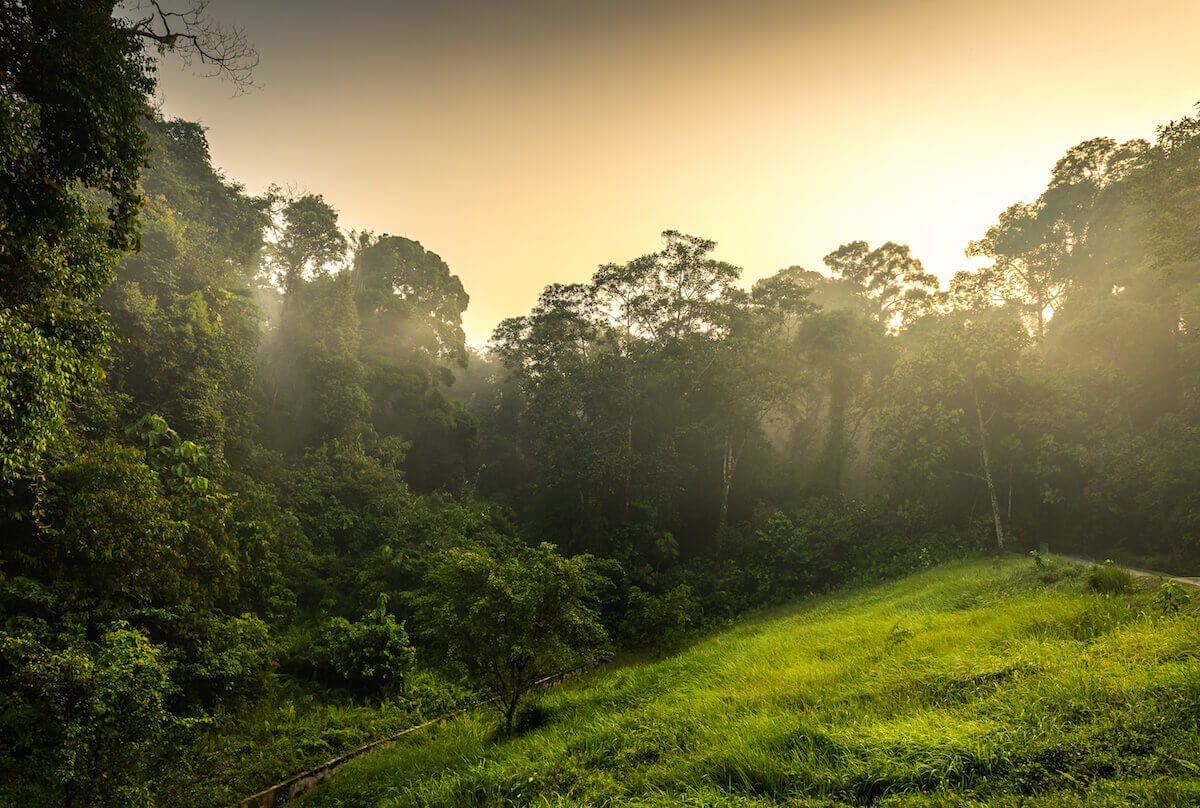
2. Deforestation
Forests account for less than a third of the Earth’s land surface but they might just be keeping the whole planet alive. Trees release water vapor into the atmosphere, drive the global water cycle and absorb the greenhouse gases that contribute to global warming. Trees stop land from drying out and maintain a rich productive soil under and around them. When a forest is cut down, this entire balance is thrown off, and land quickly turns into arid desert.
Every year, agriculturally driven demand destroys huge swathes of forest – an area roughly equating to the size of Panama. Logging (often illegal), overgrazing and wildfires all contribute to the decline. At this rate, all the world’s rainforest could be gone in less than a century. This represents not only an inconceivable loss of life for the thousands of species that cannot survive anywhere else, deforestation has a huge socio-economic impact too: “Forests play a fundamental role in combating rural poverty, ensuring food security and providing people with livelihoods,” says José Graziano da Silva, Food and Agriculture Organisation Director-General.
Ironically, the biggest culprits in tree destruction – South America and the Caribbean – are also currently taking the lead in forest protection, with 21% of their forest areas under national legal protection. However, da Silva says moves like this are only the beginning; he wants to see further protection and more sustainable use of forest resources to reverse the trend.
[ms-protect-content id=”4069,4129″]
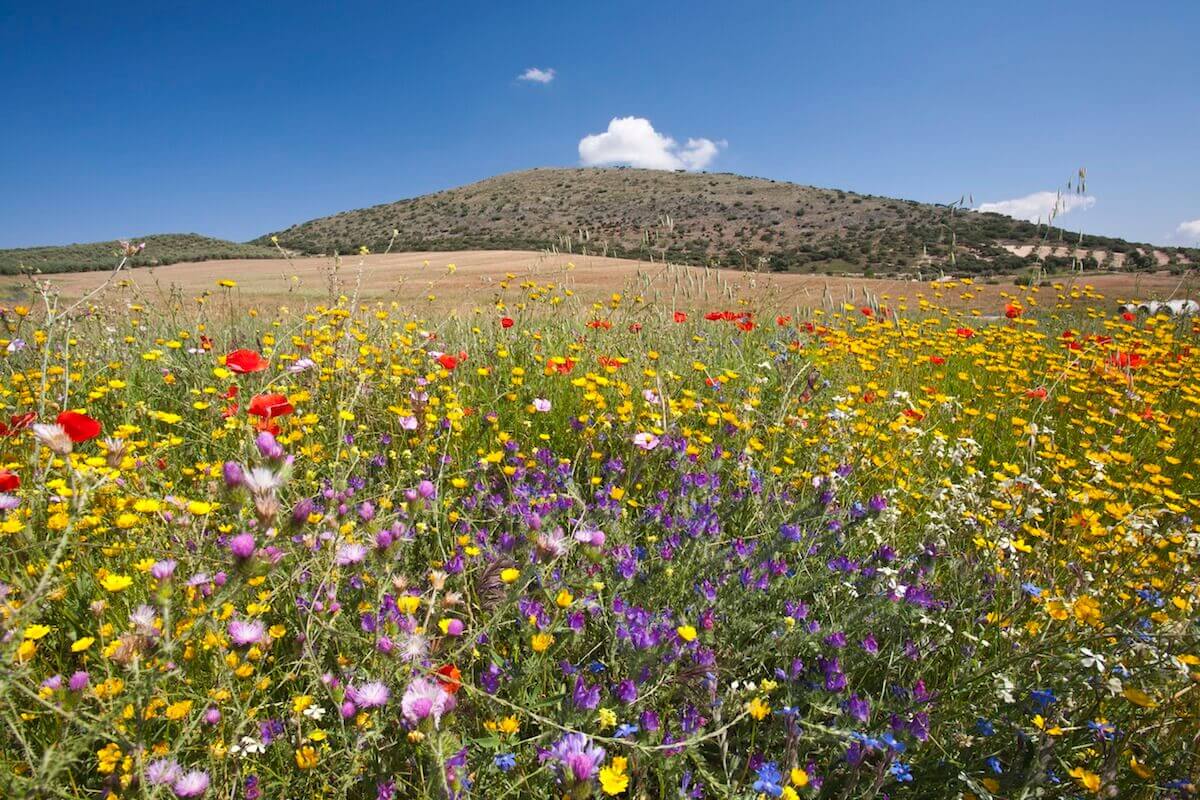
3. Loss of Biodiversity
As with many environmental issues, our first two problems are wrapped up in a complex web with this third problem. A major component of water scarcity, deforestation, over-fishing, over-farming and pollution is the destruction of irreplaceable biomes such as lakes, wetlands and rainforests. This presents a catastrophic loss of habitat for millions of plants, animals and insects. Experts say we’re witnessing mass man-made extinction on an unprecedented scale.
If you don’t understand the idea of ecosystems, you might wonder: “What’s that got to do with us?” Despite our technological advances, humans are part of a giant, inter-related network of dependencies; we are entirely reliant on nature. Take pollination. Almost 35% of global food production is dependent on animal pollinators in one form or another, such as bees. Extinction of one or more of these pollinators could result in lower crop yields and less food. Research published in Science suggests 58.1% of the world’s land surface is at risk of no longer being suitable for sustaining human life.
Biodiversity loss is irreversible. Once a species has become functionally extinct it’s gone forever. Though bringing species back from the brink is possible it generally requires huge amounts of research and public engagement (think pandas and tigers). Part of the issue is that we don’t fully understand what species are essential to keeping a human-friendly ecosystem going. Without urgent research, the danger is we’ll find out too late how crucial some species were to our survival.
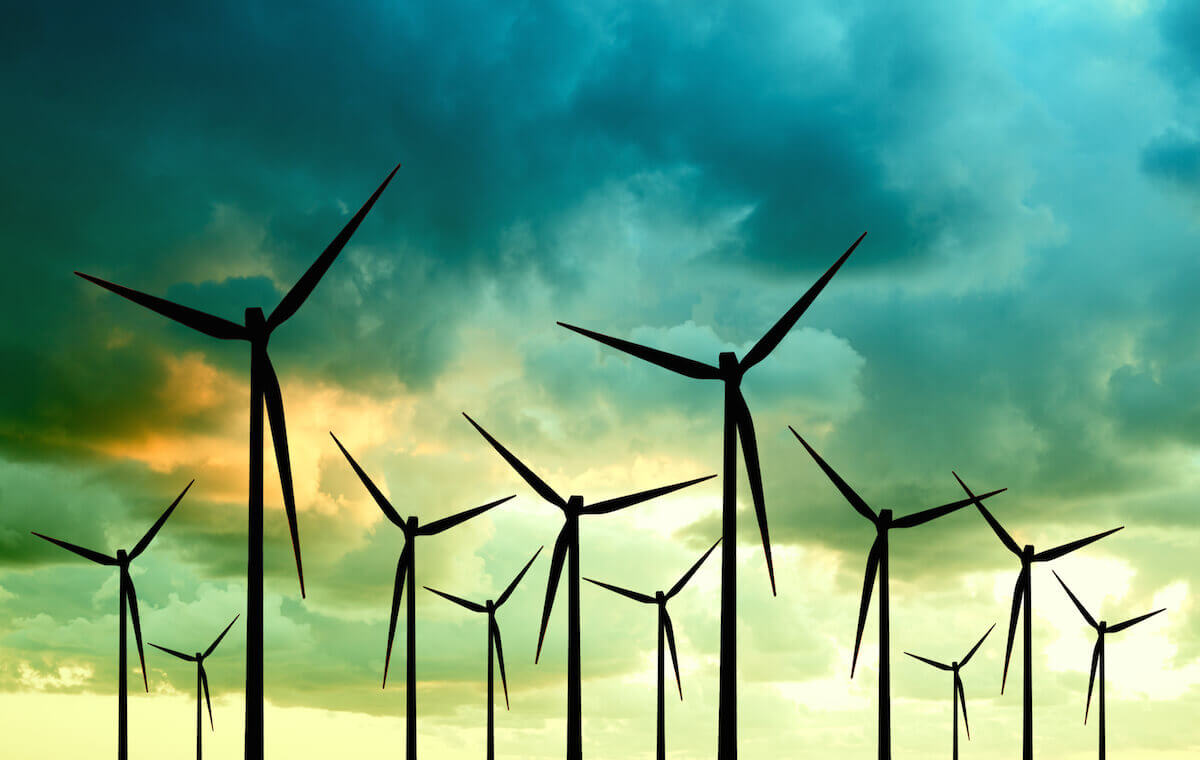
4. Overpopulation
Global population currently stands at 7.3 billion. The United Nations predicts that this could go up to 9.7 billion people by 2050 and 11 billion by 2100. In many developed countries, including the United States, Europe and parts of Asia, birth rates are declining. It is the explosive growth in China, India, Africa, and other less-developed regions that is pushing the global head count. If these population predictions come true, some experts believe that resource consumption will reach unsustainable levels, despite humanity’s technological advancements. So, no matter how clever we get, we won’t be able to keep up.
Other experts say that problems won’t come from the increasing number of people on the planet, but from the lifestyles those people expect. When it comes to resource consumption, not all people are created equal, says David Satterthwaite, Senior Fellow at the International Institute for Environment and Development in London. “Historically, urbanites in low- and middle-income countries consume relatively little. We know of cities in low-income nations that emit less than one ton CO2-equivalent per person per year. Cities in high-income nations [can] have six to 30 tons CO2-equivalent per person per year.”
Crucially, it is from these lower-income countries are where much of the population growth is expected to emerge. To avoid an overpopulation nightmare, we may need to learn more from cities like Copenhagen in Denmark and Porto Alegre, Brazil, where living standards are high but carbon emissions are low.
What Can We Do?
Irreparable damage has already been done and there’s more in the pipeline. But awareness is growing; activist groups, private citizens, large companies and governments are all moving to stem the damage. Environmental expert Michael Dorsey says “Last year, for the first time in human history, we saw more dollars flow into solar and wind for the generation of electricity and energy than fossil fuels, and that trend is continuing.” More and more companies are building on environmental business models and as the first multi-million concerns emerge, we are sure to see a pickup in that trend.
[/ms-protect-content]


